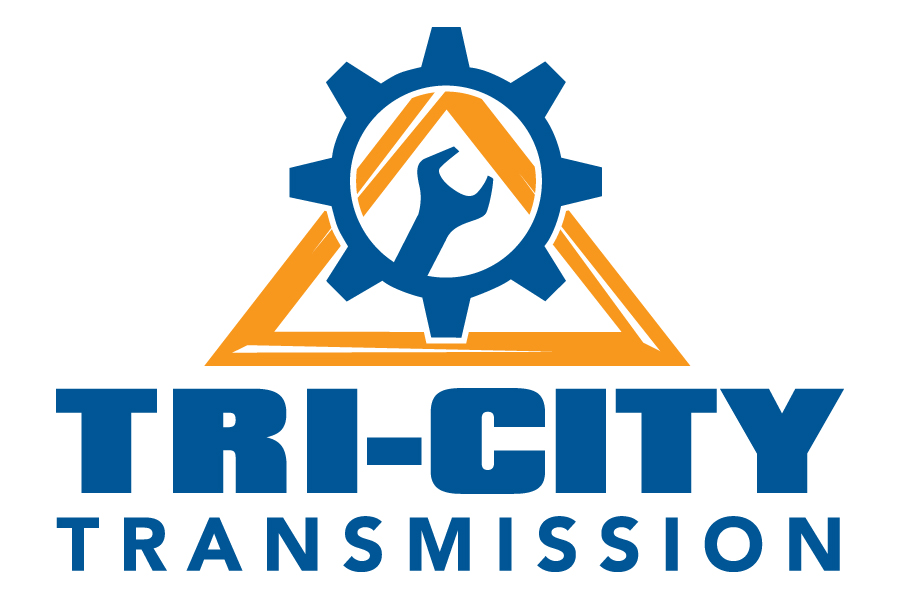John Doe Customer was advised during a visit to his trusted shop that his vehicle was in need of a timing belt and given an estimate for a timing belt, water pump, belt tensioners, idler, etc. for a price of $950. His vehicle has 110,000 miles and has never had a timing belt before. John, who trusts his current shop, is price sensitive and wants to make sure to do his due diligence. He decides to call Acme Auto Repair, a heavy advertiser, and asks for an estimate on a timing belt. Acme Auto Repair gives him a quote, but only quotes a timing belt ala cart with nothing else for $350.
Acme Auto Repair is very good at the sales process making John start to mistrust his current shop, feeling like they are overcharging him. John then decides to go with Acme Auto Repair because it seems like the more economical choice. However, when he takes his car to the shop, and they get the car disassembled, they come back to him and tell him that “Ooh yeah, your water pump and idler all need replaced too; they look pretty bad.”
With the vehicle disassembled, Acme Auto Repair now no longer has to be competitive with his regular shop who was upfront, and in this case, penalized for their honesty. And now that the car is taken apart John feels like he’s stuck. Acme has him over a barrel. John feels like he’s forced to buy the service which ends up costing $1200, or $250 more than his trusted shop’s original estimate.
This is a classic case of the two-step selling process. John’s shop was honest and didn’t get the job and the customer is left with a bad taste in his mouth for Acme, and the industry as a whole. You say, “Dave this is not wrong, we had no idea a belt tensioner and water pump were needed.” I ask, “Have you never done a timing belt before?”
Acme Auto Repair is now a home-wrecker; tantalizing the customer with the cleavage of low price, not revealing their full baggage. They usurped the trusting relationship that John had with his shop and now John is so embarrassed because he was fooled, that he doesn’t want to go back to his regular shop. John no longer has a home.
In the two-step selling process, the intent to deceive to get the job is where the problem lies (the old bait and switch). The transmission business is no different, except it’s called RDI (Remove, Disassemble and Inspect). The customer takes the vehicle into the shop, the shop test drives it, calls them and tells them it’s going to cost $400 to take it apart to tell them what’s wrong knowing full well that the whole job will cost over $3500. But they don’t want to tell the customer up front, so once the transmission is out of the car and the customer can’t leave, then they tell them the real price, putting the customer in a bad spot.
Now some transmission technicians will tell me “But Dave, we HAVE to take the transmission out to see what’s wrong with it. We have NO way of knowing ahead of time what’s wrong and what it’s going to cost the customer.”
I’m here to say that is a downright boldfaced lie!
I ask, “Have you never fixed a transmission before?” (Well then maybe you shouldn’t be fixing this one.) In today’s age with all the estimating tools available, such as AllData, and the “commoditization” of the transmission replacement it is easier than ever to find the right price for the job long before taking the transmission out of the vehicle.
We Don’t Design Marketing Around the Two-Step Selling Process
The two-step selling process is just plain wrong! Does that sound like a bold statement? If it does, you might already be jaded by a practice that many in our industry have come to accept as “standard operating procedure.” Standard doesn’t make it right, does it?
I am familiar with a large local automotive chain in town that teaches this “two-step” selling practice to its managers and in sales training. This is how it works for those who may not know what it is. (Which I doubt.)


